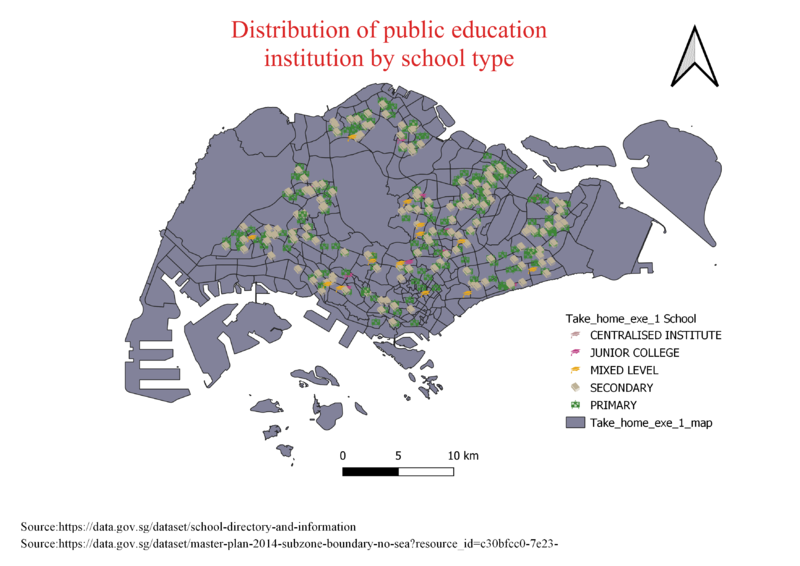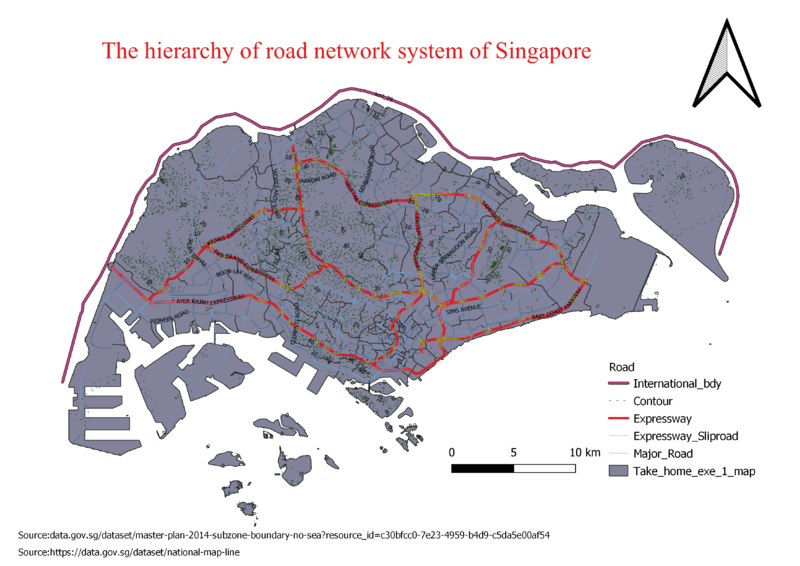Difference between revisions of "SMT201 AY2019-20G2 Ex1 Lu Zhimao"
| Line 15: | Line 15: | ||
== Part Two: Choropleth Mapping == | == Part Two: Choropleth Mapping == | ||
=== 2010 Population Aged 65+ === | === 2010 Population Aged 65+ === | ||
| − | [[File:Aged population (+65) in | + | [[File:Aged population (+65) in 2010_ex01.png|800px|center]] |
Based on the visual distribution of 2010, it is evident that the East side of Singapore has a higher density of aged population as compared to other parts of Singapore. This can be seen through the legend where it provides a colour scale to show the viewer the density. The darker the colour, the higher the aged population density. Assumption: Industry areas and Changi location are not an ideal place for elderlies to stay therefore it is generally white in colour on the map. <br> | Based on the visual distribution of 2010, it is evident that the East side of Singapore has a higher density of aged population as compared to other parts of Singapore. This can be seen through the legend where it provides a colour scale to show the viewer the density. The darker the colour, the higher the aged population density. Assumption: Industry areas and Changi location are not an ideal place for elderlies to stay therefore it is generally white in colour on the map. <br> | ||
Revision as of 23:11, 15 September 2019
Part One: Thematic Mapping
2014 Master Plan Landuse
Level of Schools
In order to have a good distribution of public education institution, I have to check the csv file if there are any missing or incorrect data. If there is a need, I have to adjust accordingly. After checking the data, I choose to use geocode to upload the data in to QGIS instead of using MMGQIS. Using geocode is more suitable in Singapore context as it reduces the chance of missing datas. After that I chose to categorise them according their education level and assigned a unique colour or symbol to each type of data. I use whiteboard representing primary school, book representing secondary school and hat representing JC. As there are three different type of JCs, therefore I use 3 different colour hats to represent each type of JC.
Road Network System
After uploading the 2014 master plan landuse into QGIS, I realised the landuse layer is not a good visual representation for the reader to analyse. In order to improve it, I reduced the thickness of the line so that it provides the reader with clearer visuals on the layout. After adjusting the settings, I categorised them according to their type of industries. It is very important to choose the right set of colours as a different type of industries are very near to one another. If the colour too similar it may cause a longer time in search of the industries.
Part Two: Choropleth Mapping
2010 Population Aged 65+
Based on the visual distribution of 2010, it is evident that the East side of Singapore has a higher density of aged population as compared to other parts of Singapore. This can be seen through the legend where it provides a colour scale to show the viewer the density. The darker the colour, the higher the aged population density. Assumption: Industry areas and Changi location are not an ideal place for elderlies to stay therefore it is generally white in colour on the map.


